You Just Can't Make This Stuff Up
It is easier than ever to be a cartoonist. Your material almost writes itself. You don't have to sweat over trying to find things that are funny when the world just serves up such great material every day. In the daily "pain at the pump" another small bit of social upheaval provides us with amazing satirical humor. But, you just can't make this stuff up, because reality is a much better author.
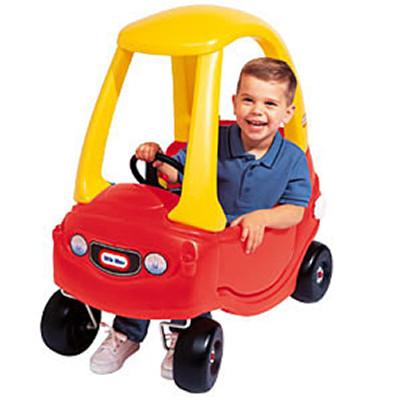
The "Little Tikes" roadster. A bright red "fleet of foot" driveway cruising machine. Every kid's dream car, the envy of the neighborhood.
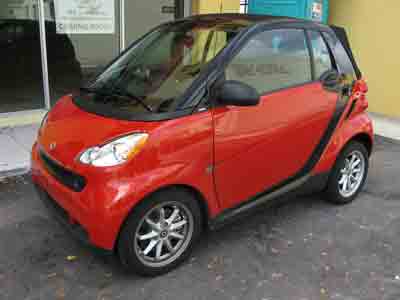
Who knew that years later "Little Tikes" would be making our "real" car? Thank goodness this one uses electricity for power, because with the price of sneakers these days we couldn't afford doing much cruising.
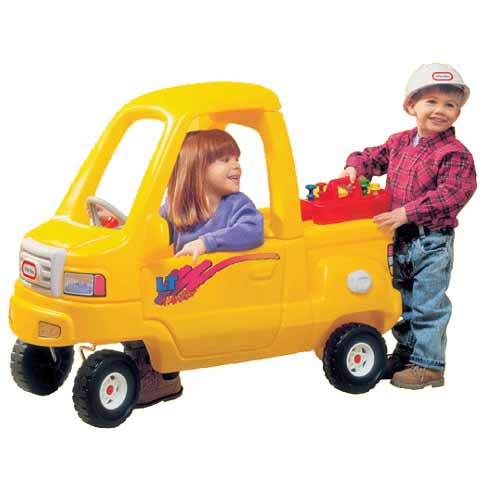
It sure was fun to pretend to go to work and wear that cool hard hat. And the cutie next door had this great truck. Those were the days.
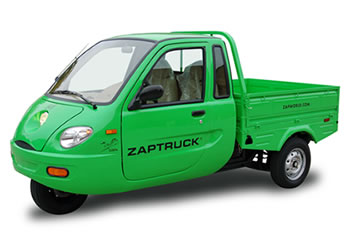
Now you not only get to wear a hard hat to your new "green" job installing solar panels on roof tops. You also get to drive there in a cool little green truck.
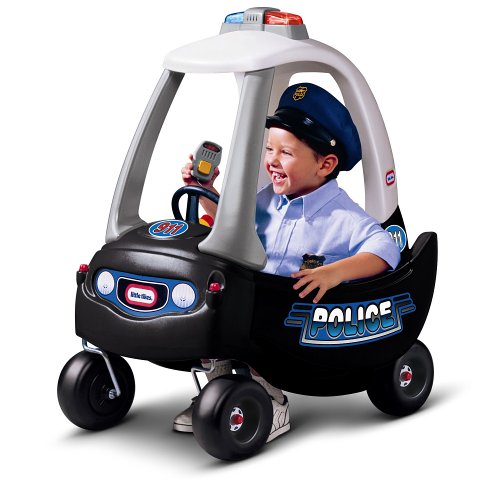
We also loved to play cops and robbers when we were kids. Some of us were the "good guys" and some of us were the "bad guys". It was lots of fun. We didn't yet understand that they were both the same people in real life called politicians.
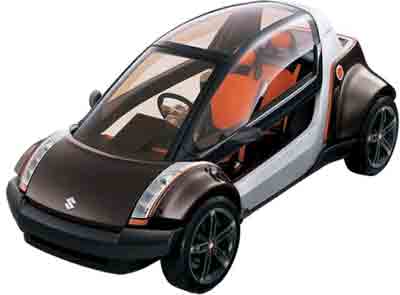
Today's police cruiser is electric powered too. Although I'm not sure why they need cars with most of the criminals staying home and using the Internet to steal our identities.
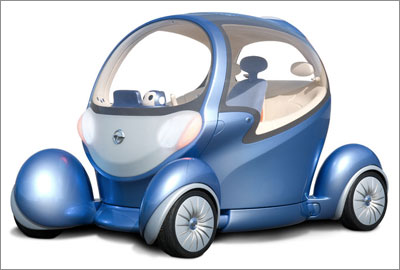
Here is the latest in transportation styling the "submersible reversible". It's designed to get you to work on weekdays and let you explore the bottom of the ocean on your weekends.
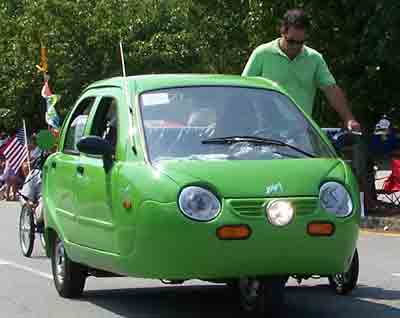
This 'vision of the future' was in this years 4th of July parade following behind a banner that read "Energy Independence Now!" The guy walking next to it was the emergency power source. His job was to push it if the Energizer Bunny gave out.
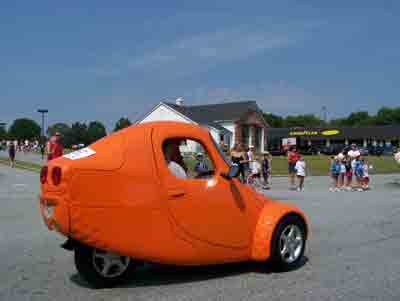
Another example of "Energy Independence Now!" during the 4th of July parade. During the Cold War years in the 1950's thru the '80s we were shown pictures of cars like this as examples of the poverty and failure resulting from communist socialism in the USSR. They were in stark contrast to our American luxury cars. Of course we won the cold war so now to the victors go the spoils.
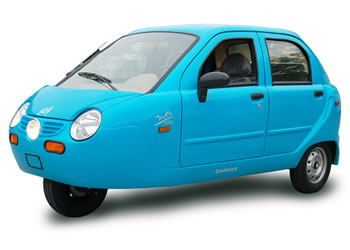
A famous line from the French Revolution in response to the people starving for lack of bread to eat was "let them eat cake". So it was inevitable that some caring politician's response to our getting poorer daily paying for high priced foreign oil with dollars that keep shrinking in value would be "let them drive clown cars".
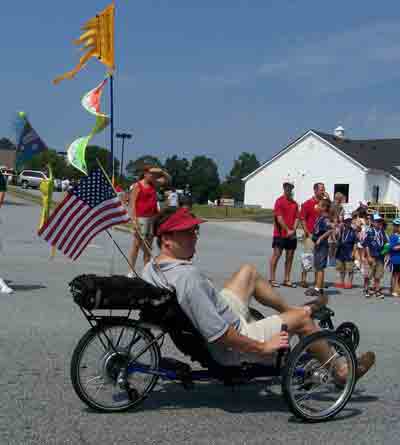
Finally the solution to all our domestic problems. We can be free of foreign oil and cure obesity as we pedal ourselves to the Burger King for a Deluxe Triple Stacked Bacon Cheese Burger Meal...Super-sized.
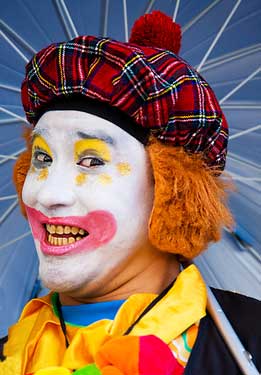
Keep smiling fellow cartoonists, you can't make this stuff up. We don't have to create humor; we just have to chronicle the world as it is, which is a constant source of amusement for all.

The "Little Tikes" roadster. A bright red "fleet of foot" driveway cruising machine. Every kid's dream car, the envy of the neighborhood.

Who knew that years later "Little Tikes" would be making our "real" car? Thank goodness this one uses electricity for power, because with the price of sneakers these days we couldn't afford doing much cruising.

It sure was fun to pretend to go to work and wear that cool hard hat. And the cutie next door had this great truck. Those were the days.

Now you not only get to wear a hard hat to your new "green" job installing solar panels on roof tops. You also get to drive there in a cool little green truck.

We also loved to play cops and robbers when we were kids. Some of us were the "good guys" and some of us were the "bad guys". It was lots of fun. We didn't yet understand that they were both the same people in real life called politicians.

Today's police cruiser is electric powered too. Although I'm not sure why they need cars with most of the criminals staying home and using the Internet to steal our identities.

Here is the latest in transportation styling the "submersible reversible". It's designed to get you to work on weekdays and let you explore the bottom of the ocean on your weekends.

This 'vision of the future' was in this years 4th of July parade following behind a banner that read "Energy Independence Now!" The guy walking next to it was the emergency power source. His job was to push it if the Energizer Bunny gave out.

Another example of "Energy Independence Now!" during the 4th of July parade. During the Cold War years in the 1950's thru the '80s we were shown pictures of cars like this as examples of the poverty and failure resulting from communist socialism in the USSR. They were in stark contrast to our American luxury cars. Of course we won the cold war so now to the victors go the spoils.

A famous line from the French Revolution in response to the people starving for lack of bread to eat was "let them eat cake". So it was inevitable that some caring politician's response to our getting poorer daily paying for high priced foreign oil with dollars that keep shrinking in value would be "let them drive clown cars".

Finally the solution to all our domestic problems. We can be free of foreign oil and cure obesity as we pedal ourselves to the Burger King for a Deluxe Triple Stacked Bacon Cheese Burger Meal...Super-sized.

Keep smiling fellow cartoonists, you can't make this stuff up. We don't have to create humor; we just have to chronicle the world as it is, which is a constant source of amusement for all.
Labels: Cartooning, Creativity, Satire




